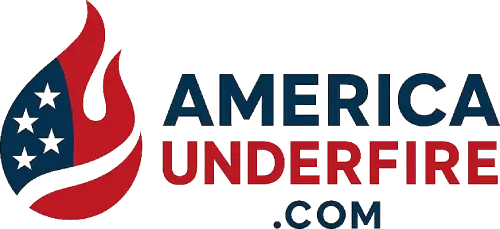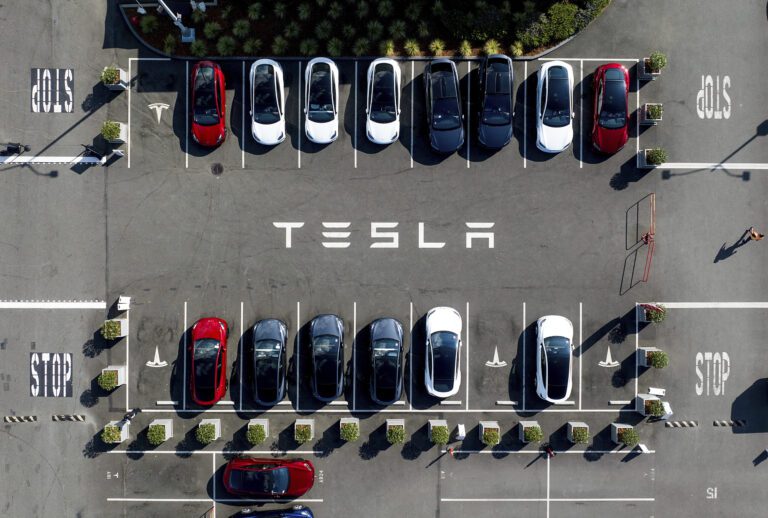Tesla’s Robotaxi Service Set to Launch in Austin
Tesla, led by CEO Elon Musk, is gearing up to unveil its much-anticipated robotaxi service in Austin, Texas, next month. This innovative approach is not only set to revolutionize urban transportation but also allows Tesla owners to monetize their vehicles while they sleep.
What is the Robotaxi Service?
This robotaxi initiative promises a unique opportunity for Tesla owners to turn their vehicles into income-generating assets. The service will begin with a modest fleet of just 10 vehicles, but Musk confidently predicts that this number will surge to 1,000 within months.
A New Business Model for Tesla Owners
During a recent interview with CNBC, Musk described the system as akin to a blend of Airbnb and Uber. Here’s how it works:
- Autonomous Operation: Tesla cars will be equipped with Full Self-Driving (FSD) technology, allowing them to operate without human drivers.
- Flexible Fleet Participation: Owners can easily add or remove their cars from the fleet, enabling them to earn potential income while the vehicle is not in use.
"I think it’s maybe possible for Tesla owners to make more by allowing a car to be added to the self-driving fleet than it costs them in the lease," Musk stated.
This service is seen as a game changer, offering Tesla owners the chance to leverage their investment in a way that maximizes its utility.
Initial Launch and Future Expansion
The Austin rollout will utilize the Tesla Model Y, equipped with the latest version of FSD technology, FSD Unsupervised. Following its inaugural launch in Austin, Tesla plans to expand its robotaxi operations to key markets such as Los Angeles and San Francisco.
Safety Measures in Place
Although the vehicles will operate autonomously, Tesla will maintain oversight:
- Remote Monitoring: Tesla employees will track the fleet’s activities in real-time.
- Geofenced Operations: Initially, the robotaxis will only serve designated areas in Austin, ensuring a controlled and safe deployment.
Tesla’s Unique Approach to Autonomous Vehicles
Musk has emphasized Tesla’s cutting-edge strategy of using camera-based systems and artificial intelligence for autonomous driving, steering away from the more traditional reliance on expensive sensors such as lidar.
"What will actually work best for the road system is artificial intelligence, digital neural nets, and cameras," Musk explained.
This commitment to innovation is what differentiates Tesla from other autonomous ride-hailing services like Waymo, which already conducts approximately 250,000 paid trips weekly.
Challenges Ahead for Tesla
While the introduction of the robotaxi service highlights Tesla’s technological advancements, there are challenges on the horizon. Musk recently reported a 20% drop in automotive revenue in the first quarter of 2025, attributing this decline to factory retooling processes for a refreshed Model Y.
"We can’t make cars if the factories are retooling. But we’ve seen a major rebound in demand at this point," Musk remarked, foreshadowing a hopeful recovery.
Navigating Political Waters
Musk has also faced political scrutiny due to his connections with former President Trump. As a key adviser, he initiated extensive budget cuts, leading to ongoing conversations about how his political stance might affect consumer perception.
"When you buy a product, how much do you care about the political views of the CEO?" Musk posed, challenging consumers to focus on the product rather than the politics.
Conclusion
Tesla’s robotaxi service represents a significant leap forward in the realm of autonomous transportation. Through innovative technologies and a new business model, Tesla equips its owners with exciting opportunities for revenue generation. As the company navigates challenges and political scrutiny, the upcoming launch in Austin may redefine urban mobility while setting the stage for future expansions in major markets like Los Angeles and San Francisco.
For more details about Tesla’s offerings, visit Tesla’s official website.


